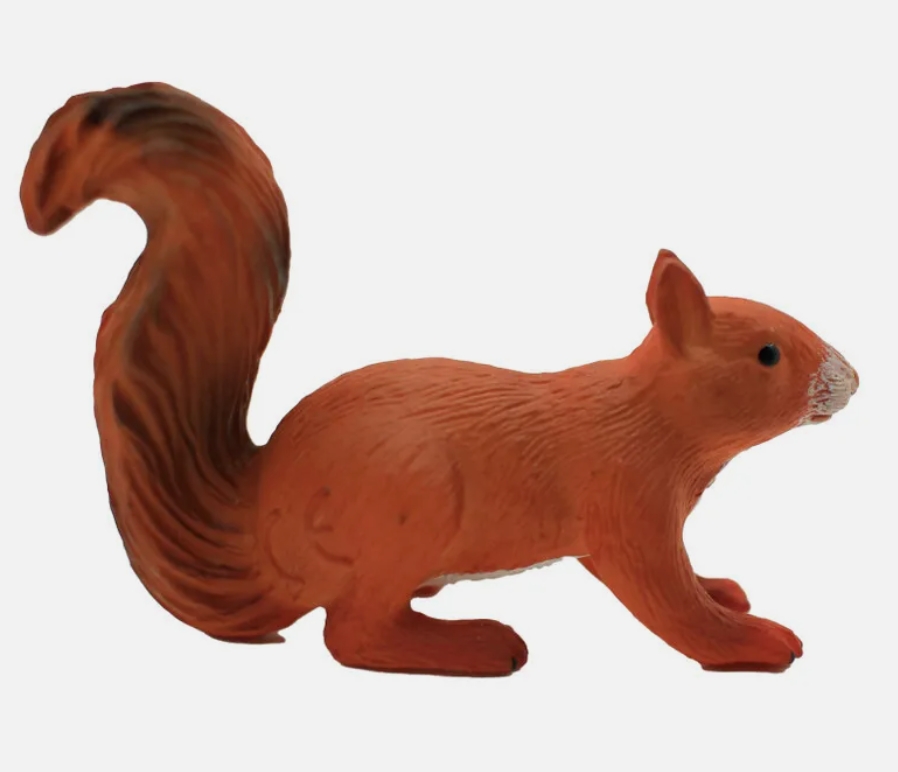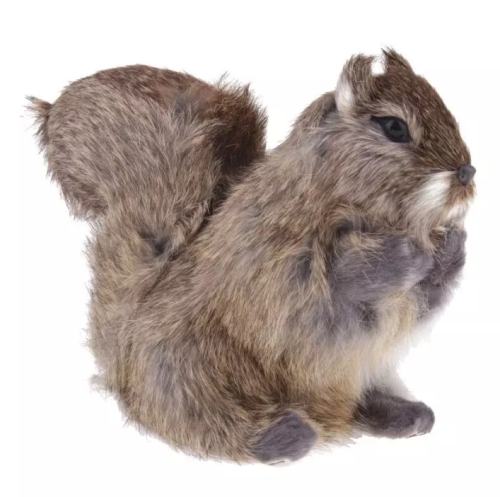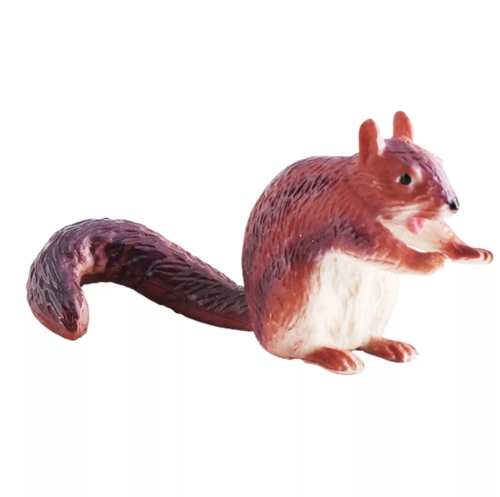The squirrel model is a theoretical model commonly used in ecology and evolutionary biology, whose main purpose is to analyze and understand how animals adapt, reproduce, and survive in a specific environment. As a typical tree-dwelling animal, squirrel's behavior and ecological characteristics provide abundant research materials for this model.
The core of the squirrel model is to simulate the resource use of squirrels in their habitat, particularly in terms of finding food and habitat selection. Squirrels rely on nuts, seeds, and fruits as their primary food source, and their foraging behavior is influenced by a number of factors, including the availability of food, threat from predators, and climatic conditions. By observing squirrels' foraging behavior, researchers can reveal how animals make optimal decisions in dynamic environments.
In terms of reproduction, the squirrel model also has important research value. Squirrels typically have seasonal reproductive patterns, and females often choose multiple mates when the climate is right, a polygamy reproductive strategy that helps to improve the genetic diversity and adaptability of their offspring. In this process, the dynamics of competition and selection are also the focus of research, helping scientists understand the mechanisms of sexual selection and gene flow.
In addition, the squirrel model provides an important basis for the overall health assessment of the ecosystem. Squirrels are a "keystone species" in the ecosystem, and their behavior and population changes may directly affect the growth of vegetation and the dynamics of other animal populations. Therefore, studying squirrels' survival strategies not only improves our understanding of their own biology, but also provides a scientific basis for protecting and managing ecosystems.
















